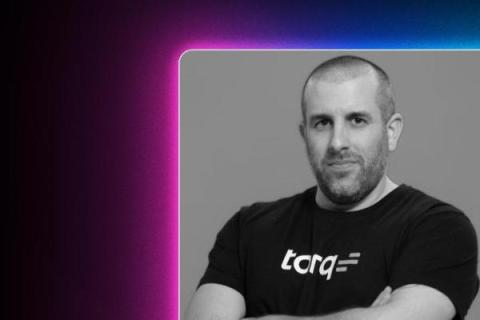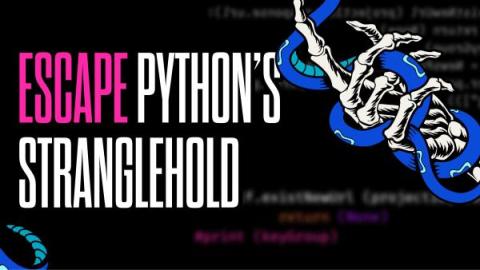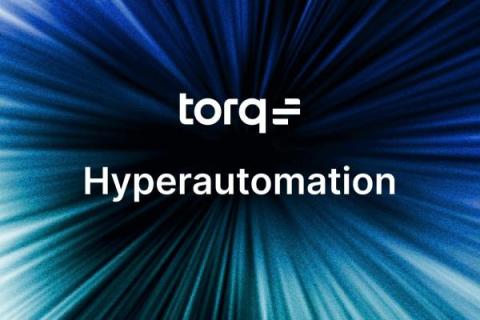Securing Your IoT Network: 5 Best Practices to Protect Your Business
The volume of internet of things (IoT) devices is rapidly growing. From manufacturing to healthcare to retail, organizations are turning to these devices as they digitize and expand. In fact, it’s estimated that IoT devices make up 30% of devices on enterprise networks, and there’s an estimated 17 billion IoT devices in the world, from simple consumer devices to complicated enterprise tools.











